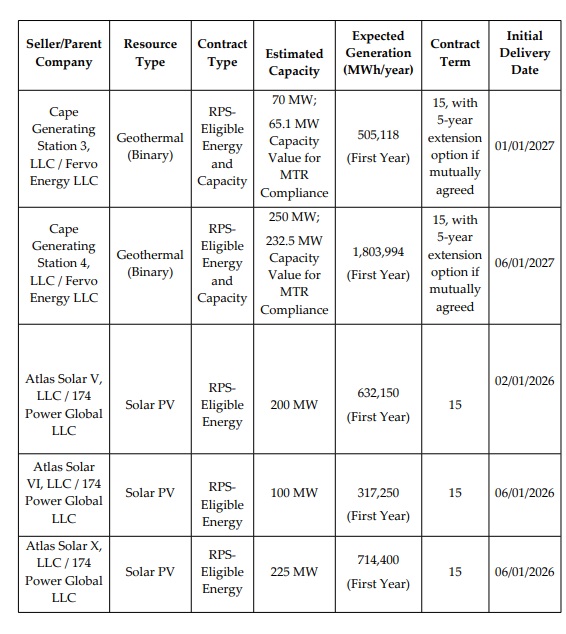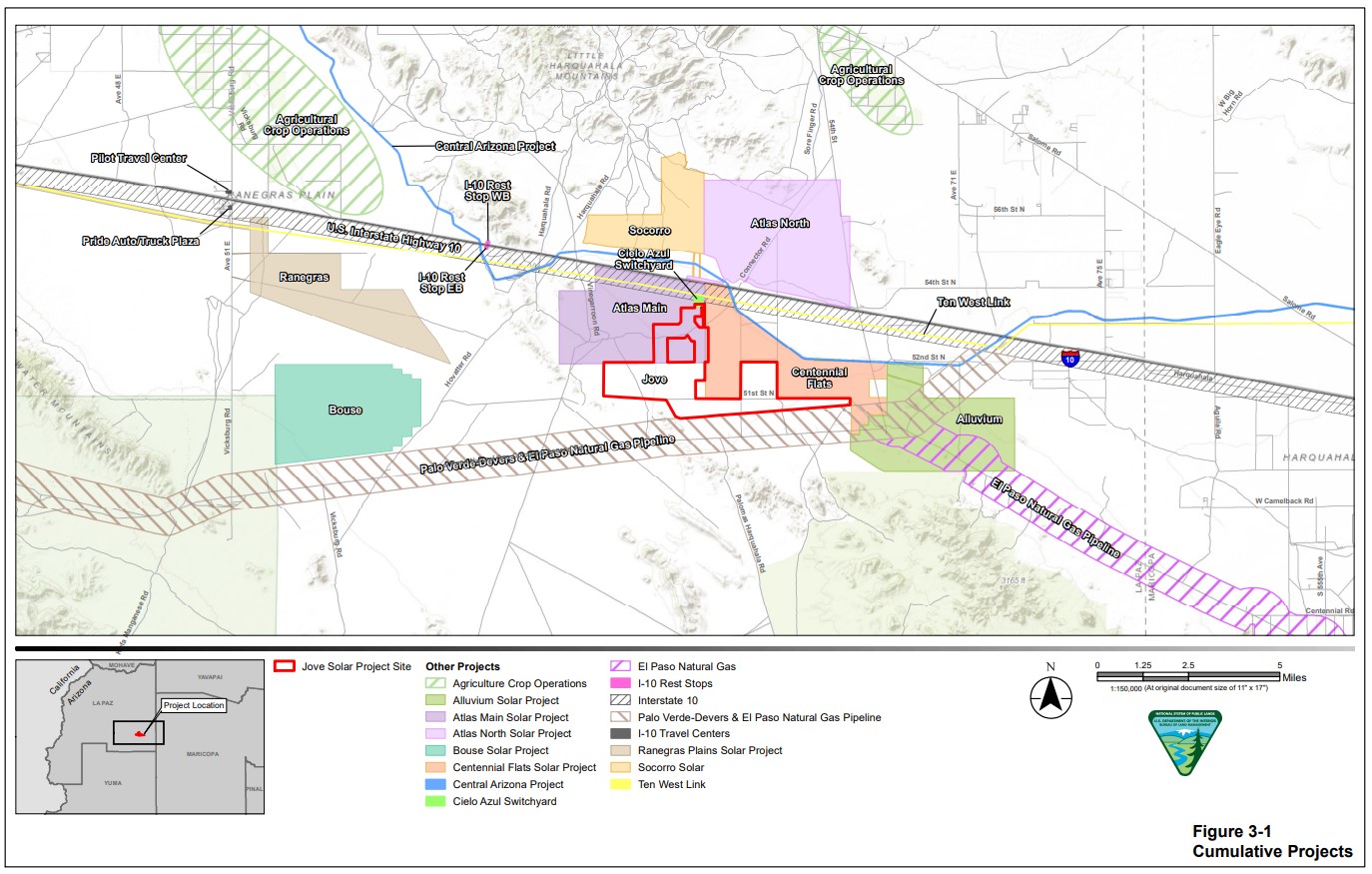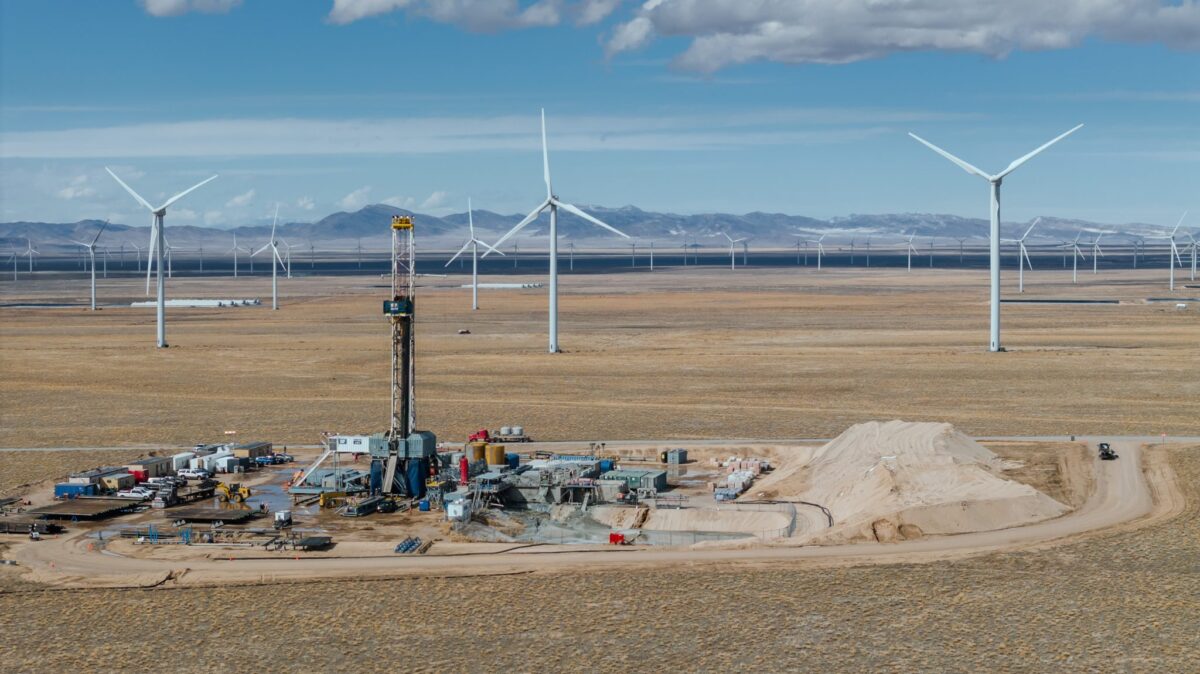The State of California’s Public Utilities Commission (CPUC) has approved five clean energy project power purchase agreements submitted by Southern California Edison. Three of the projects are solar power plants with a total generating capacity of 525 MWac, while the other two are geothermal projects. According to Fervo Energy, these geothermal projects represent the largest geothermal power purchase agreements in the world.
According to the U.S. Energy Information Administration’s Form EIA-860M, at least one of the Atlas facilities will be coupled with energy storage.

According to the filing with the CPUC, each of the three solar power projects is expected to have an AC capacity factor of just over 36%. In comparison, the Fervo Energy geothermal facilities offer a capacity factor of just over 82%.
In their filing, the CPUC cites the state’s “mid-term reliability” capacity requirements of 3.8 GW by 2036, noting that both the geothermal and the solar-plus-storage projects meet those needs.
California aims to reduce emissions to 25 million metric tons of carbon dioxide equivalent (MMT CO2e) by 2035. The state projects 800 MW of geothermal capacity by 2026, 1.1 GW in 2027, and 2 GW by 2033.
The Atlas Solar V, VI, and X power plants are owned by solar developer 174 Power Global LLC, a subsidiary of the South Korean company Hanwha. Hanwha also owns Qcells, the largest silicon solar module manufacturer in the United States.
Located in Salome, Arizona, the solar facilities will transmit their electricity via the Atlas Solar Tie Line Project, a 500kV transmission line. This line will interconnect the proposed Atlas facilities with the Ten West Link 500 kV transmission line, eventually facilitating the use of the electricity in Blythe, California.

The facilities are situated in an active solar development region managed by the U.S. Bureau of Land Management and the Arizona State Land Department.
The two geothermal facilities are located at the same site in southwest Utah. The first phase, 70 MW, is expected to come online in 2026, with the second phase scheduled for 2028.
Publicly available documents from western electric utilities hint that Fervo’s power purchase agreements may range between $0.08 and $0.10 per kWh. The company recently announced that drilling times in February were 70% faster and 50% cheaper than in 2022.
This content is protected by copyright and may not be reused. If you want to cooperate with us and would like to reuse some of our content, please contact: editors@pv-magazine.com.








Enhanced & Advanced Geothermal will eclipse proposals for any new nuclear power plants in most of the US west. Exploitable US Geothermal resources are already mapped & even exist in West Virginia. In terms of cost, safety, & required land footprint, it’s going to be the Go-To resource for firm power wherever it’s feasible.
Technically Jerry, it is already the case that geothermal has more in the queue than nuclear – in the whole of the USA in fact…because there isn’t a real nuclear power plant anywhere in the queue in the USA.
Yes, these capacity factors and emission reduction goals are promising steps for California’s renewable energy future. By combining the strengths of both solar and geothermal, we can ensure a reliable, sustainable energy grid and meet the state’s ambitious targets,.